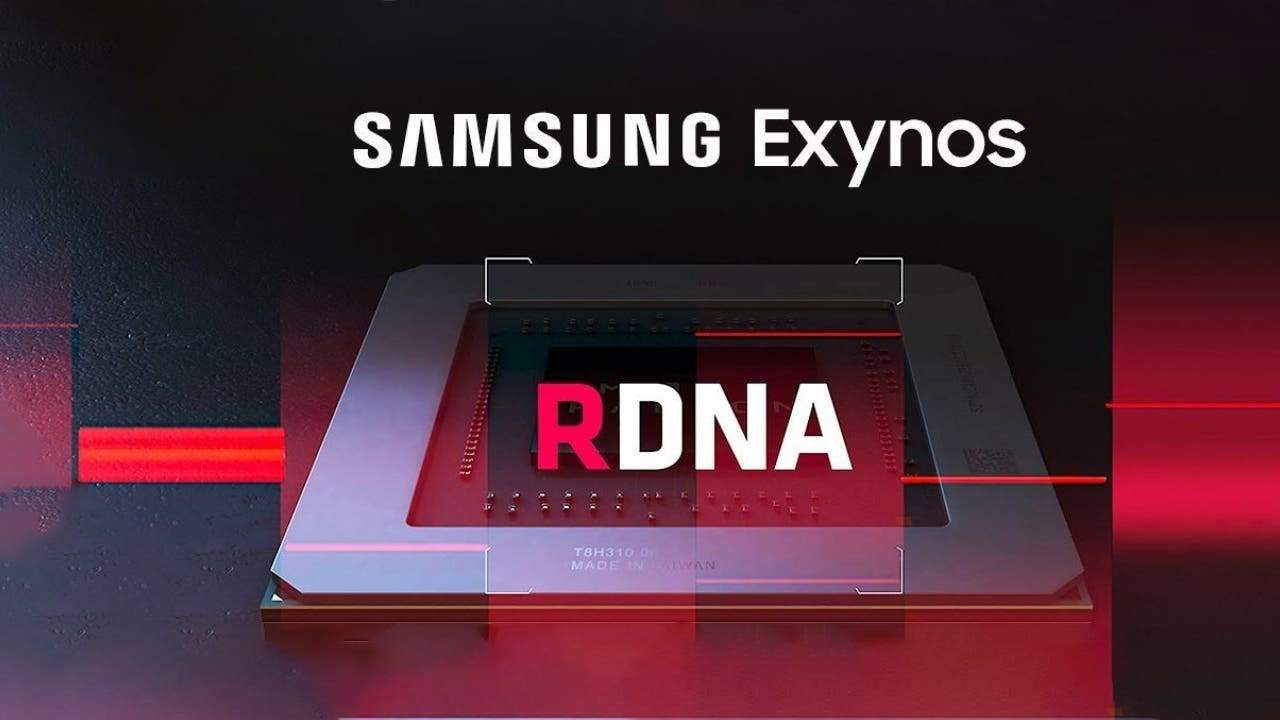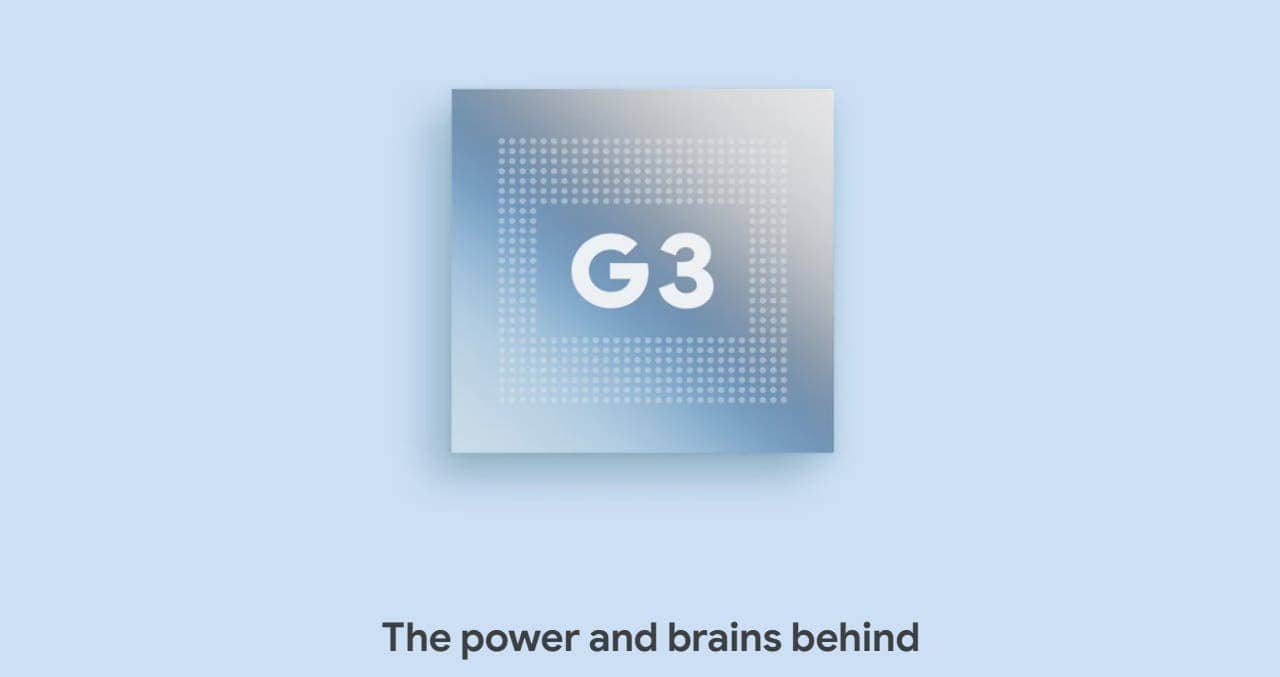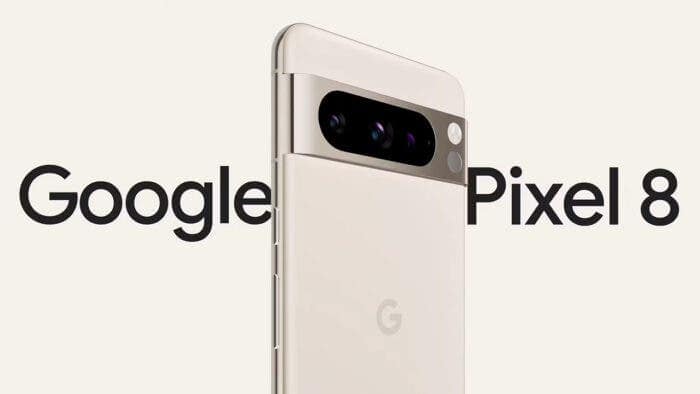Last week, the Google Pixel 8 series made its grand debut. Powered by the Tensor G3 chipset, the devices brought some big upgrades over their predecessors. However, the SoC doesn’t have support for one emerging graphical technology.
Google has confirmed that the Pixel 8 and Pixel 8 Pro don’t come with hardware-based ray-tracing. For those wondering, ray tracing allows for realistic reflections and lighting in the games that support it. But even with a supported game, you won’t enjoy ray-tracing without hardware support.
But Wasn’t the Tensor G3 Supposed to Have Ray Tracing Support?
Even though the Tensor G3 is fabricated by Samsung on the 4nm LPP process, it doesn’t come with the Xclipse GPU. If you’re unaware, Xclipse GPU on Samsung’s Exynos boasts AMD RDNA 2 architecture. This architecture basically brings support for ray tracing on the SoCs that Samsung manufactures.
Take the Exynos 2200, for example. It’s the chipset found in the Galaxy S22 series in some regions. And as I’ve previously reported, Exynos 2200 beats the Snapdragon 8 Gen 2 in ray-tracing tests. And it’s due to the fact that the Exynos chipset comes with Xclipse 920 GPU, for which Samsung has partnered with AMD.

Instead, the Tensor G3 found inside the Google Pixel 8 series features ARM’s new GPU design. It boasts G715 cores that are clocked up to 890MHz. And as confirmed by Android Authority, the Tensor G3 can’t run ray-tracing benchmark tests, which include the 3D Mark’s Solar Bay and Basemark’s Vitro.

The team at Android Authority has also tried running one of the big-name ray-tracing titles, the War Thunder Mobile. But the option to enable ray-tracing on Google Pixel 8 devices wasn’t simply there. These confirm that the new devices don’t have support for ray tracing.
So, at the current stage, the only flagship phones that can run ray-tracing-enabled games are the devices with Apple A17 Pro, Qualcomm Snapdragon 8 Gen 2, Samsung Exynos 2200, and some current-gen MediaTek chipsets.
Does the Lack of Ray-tracing Support on Google Pixel 8 Series Matter?
It’s worth noting that Google hasn’t actually claimed that the Pixel 8 phones come with ray-tracing support. However, prior to the release, reports suggested that the Immortalis G715 GPU inside the Tensor G3 had support for hardware-based ray tracing.

But, benchmark results suggest that Google is actually utilizing Mali G715 graphics instead of Immortalis G715 GPU. Both the GPUs are pretty much identical, but the Immortalis branding brings ray-tracing support by default.
Nonetheless, one thing is clear at this point. That is, the Google Pixel 8 series is behind the competition in terms of graphical features. When ray tracing debuted on mobile last year’s Exynos 2200 chipset, it became a highlight for mobile gamers. And soon after, ray-tracing was adopted by MediaTek Dimensity 9200, Snapdragon 8 Gen 2, and the brand-new Apple A17 Pro SoC.
![]()
However, ray-tracing on mobile phones isn’t as big as you might’ve thought it was. At the current stage, only a handful of games have support for it. But as we are getting more and more mobile chipsets with support for the feature, the list of supported games will expand in the future.
Here, it’s worth noting that Google has promised seven years of updates for the Pixel 8 series. In other words, the owners of these phones will likely stick with the devices for a long time. And in the long run, the absence of a ray-tracing feature could make gamers make a shift to a newer device soon.





